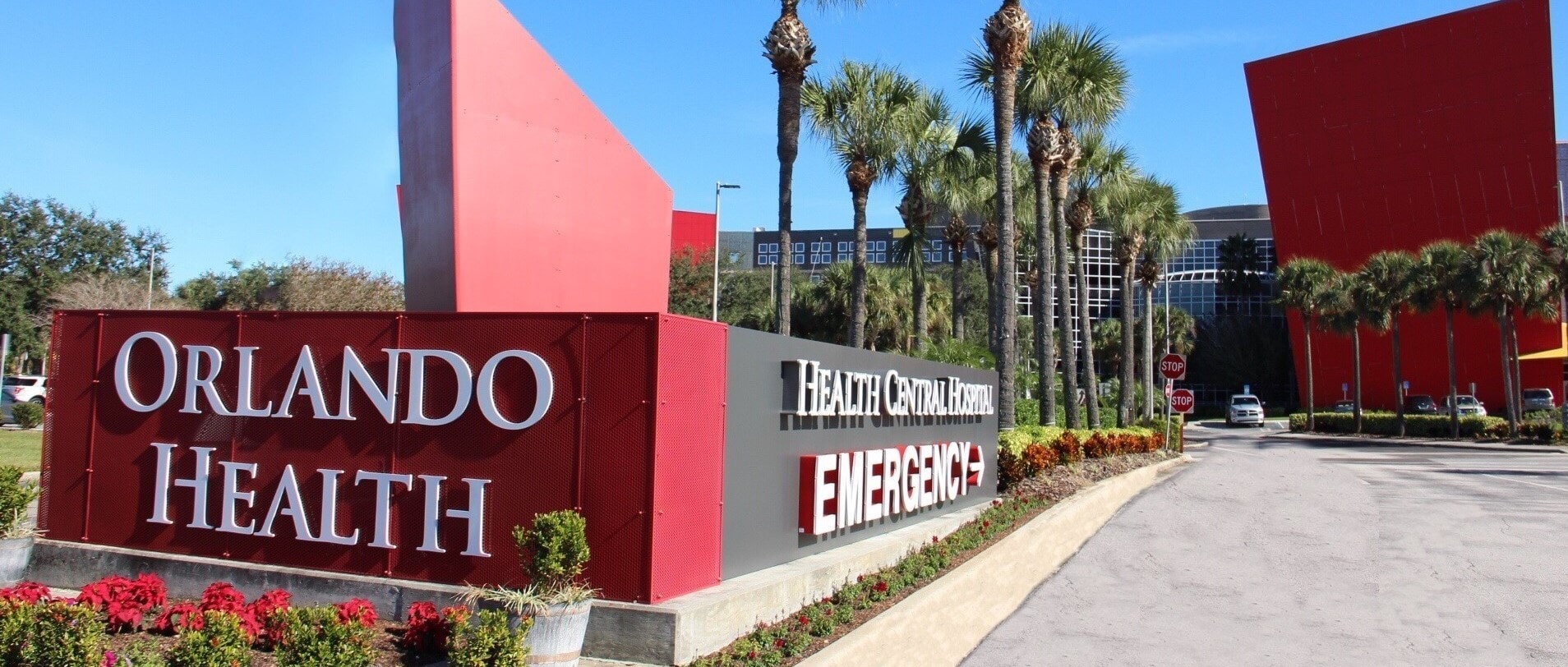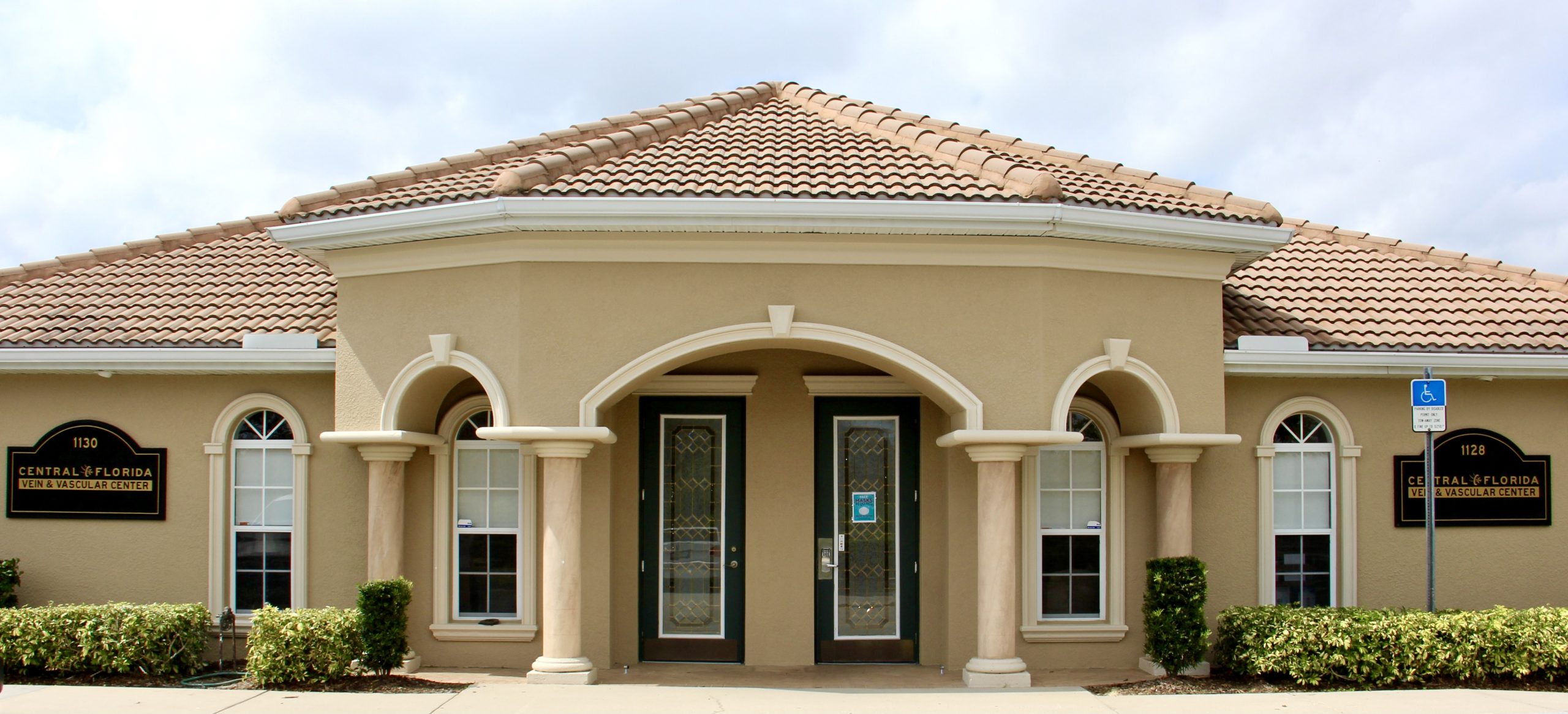Background And Treatment Info
If you suffer from varicose and spider veins, you are not alone. It is estimated that there are more than 80 million Americans who suffer from some form of venous disorder. While some people need treatment for cosmetic improvement, many seek relief from pain.
What Are Varicose Veins?
Although veins and arteries are both part of the circulatory system, they work in very different ways from each other. Blood is pushed throughout the arteries of the body by pressure created from the pumping of the heart. Veins, unlike arteries, carry blood against the force of gravity. They rely on leg muscle contraction and one-way valves inside the veins to carry blood back toward the heart. If the valves in veins fail, gravity keeps blood from flowing back to the heart efficiently. This produces a back-up, or congestion of blood. As a result, pressure builds up and the diseased veins become enlarged, eventually bulging to the skin’s surface. The same disease process can affect veins of any size; however, when larger veins fail, they are typically called varicose veins. When smaller veins are affected, they are typically called spider veins.
Pain in the legs is frequently related to abnormal leg veins. Severe varicose veins can compromise the nutrition of the skin and lead to dermatitis or a rash, discoloration, or even ulceration of the lower leg. Since most veins lie deep in the skin’s surface, vein disorders are not always visible to the naked eye. As a result, diagnostic ultrasound is often used to determine the cause and severity of the problem.
What Causes Varicose Veins?
Some predisposing factors include aging, standing occupations, and leg injury or trauma. However, heredity is the number one contributing factor that causes varicose and spider veins. Up to 55% of American women may be affected in their lifetime. Hormonal factors seen during puberty, pregnancy, menopause, and the use of birth control affect the disease. It is common for varicose veins to become more prominent during pregnancy and worsen with successive pregnancies.
How Can Phlebology Help?
Varicose veins are known to cause symptoms that may include leg aching, heaviness, fatigue, ankle swelling, muscle cramping, restlessness, itching and burning -symptoms which often worsen with prolonged standing. Skin changes may occur. These include brownish discoloration over the veins or near the ankle. A purple discoloration related to congestion of small veins around the foot and ankles may also develop. Varicose veins may also lead to complications such as blood clots, bleeding, rashes, and ulceration. Vein treatment causes abnormal veins to disappear from developing and also helps to keep serious complications from occurring.
When and How Are Veins Treated?
The most commonly asked questions are: “Do veins require treatment?” and “What treatment is best?”. Veins that cause leg pain, swelling, recurrent superficial blood clots, bleeding or ulceration are prime candidates for treatment. Veins that cause other symptoms, such as aching, heaviness and fatigue, or that are cosmetically unappealing, may also benefit from treatment. There are two general treatment options: conservative measures such as compression stockings and herbal preparations; and corrective measures, such as endovenous thermal ablation, chemical ablation, surgery, sclerotherapy, and light sources/laser treatment. In many cases, a combination of treatment methods works best.
Endovenous Thermal Ablation
Endovenous Thermal Ablation is a treatment alternative to surgical stripping of varicose veins. With ultrasound visualization, a small catheter or tube is inserted into the damaged vein, usually through a needle. Thermal energy, or heat, is then delivered inside the vein. This causes the vein to collapse and seal shut. The procedure is typically done in the doctor’s office under local anesthesia. Afterwards, a leg wrap or prescription compression stocking is placed on the treated leg for 1-2 weeks. Patients are able to walk immediately after the procedure and most individuals are able to return to work the next day.
Endovenous Chemical Ablation
Also known as Ultrasound-Guided Sclerotherapy, Endovenous Chemical Ablation is another treatment alternative to surgically removing varicose veins. With this procedure, a chemical irritant, called a sclerosant is injected into the vein while the doctor observes the injection process on an ultrasound screen. This allows veins that are below the surface of the skin to be treated. Since these veins cannot be seen visually, they would otherwise require surgical removal. This technique causes the vein to collapse and seal shut, and may be performed with liquid or flamed sclerosant. The procedure is usually performed in a doctor’s office and may not require local anesthesia. It is not uncommon for a leg wrap or prescription compression stocking to be placed on the treated leg for 1-2 weeks. Patients are able to walk immediately after the procedure and most individuals are able to return to work the next day.
Surgery
Surgical techniques to treat varicose veins include ligation (tying off of a vein), stripping (removing a vein by pulling it out with a special instrument), and ambulatory phlebotomy (removing veins through a tiny incision). Surgery may be performed using local, spinal or general anesthesia. Now done almost exclusively as an outpatient procedure, patients will usually go home the same day as the procedure. It is necessary to wear leg wraps and/or compression stockings for sevral weeks after surgery. Normal activities may generally be resumed after several days.
Sclerotherapy
Sclerotherapy can be used to treat both varicose and spider veins. A tiny needle is used to inject the veins with one of several different kinds of chemical irritant, or sclerosant, that irritates the lining of the vein. In response, the veins collapse, seal shut, and are absorbed by the body. The number of sclerotherapy treatments needed is variable, depending on the number, size and type of veins being treated. Typically, a patient will receive several injetions per treatment session. The procedure is almost always performed in a doctor’s office, and generally, normal activities can be resumed after sclerotherapy. Prescription compression stockings and/or leg wraps may need to be worn for several days after the treatment.
Surface Laser/Light Source Treatment
A variety of laser/light source treatments are available today. A light beam creates heat inside treated veins that causes them to be sealed off and reabsorbed by the body. Large surface laser/light source treatments are used only to treat the smallest of spider veins. Multiple treatments are regularly required. This procedure is also usually performed in the doctor’s office, requires no local anesthesia and normal activity can be resumed following treatment. Prescription compression stocking may need to be worn for a few days after treatment.
What Results Can You Expect?
Technological advances in evaluation and treatment methods allow spider and varicose veins to be treated more effectively and safely than ever before. Nevertheless, the success of any treatment method depends on two things: careful assessment of the underlying problem, and the skill and experience of the phlebologist providing the treatment. The most important cause of variose veins is heredity; thus even successful treatment does not eliminate the genetic disposition that may cause other veins to fail in the future.
Complication of Varicose Vein Treatment
Generally speaking, complications related to varicose vein treatment are rare. Serious complications, such a life threatening allergy and/or blood clots, may occur with any surgery. And skin burns may occur with any form of laser/light source treatment or sclerotherapy. Minor complications may include temporary discomfort, bruising, swelling, discoloration or reddish blushing of the skin following treatment. It is important to discuss these or any other concerns with your treatment provider when considering your procedures. Although these risks are small, no procedure is risk free.
What is Ultrasound Guided Foam Sclerotherapy (UGS)?
UGS is a needle-based technology that eliminates medium and large veins after saphenous closure has been achieved. A foam sclerosant solution is used to create a reaction in the vein that causes it to collapse. The body then absorbs the vein leaving no scarring. This technique requires the use of an ultrasound machine to locate the origin of the veins and guide the location of the injection. The veins usually only need 2-3 treatments before they respond completely. This is an excellent procedure with outstanding long-term cosmetic results.
Advantages of the Ultrasound Guided Foam Sclerotherapy treatment include:
• No Surgery
• In-office procedure
• No time off from work
• Immediate return to daily activities
• No incisions, scarring or stitches
What About Vein Stripping?
At Central Florida Vein and Vascular Center, we believe that vein stripping is an archaic, obsolete procedure that creates significant disability, pain, and wound healing issues. Vein stripping is cosmetically unacceptable to us and we will only use minimally invasive techniques to treat varicose veins and venous insufficiency.
Who Should Treat Your Veins?
Veins of any size shoud be treated by a physician who specializes in vein care. One needs to consider underlying venous physiology before beginning treatment of any kind. Significant venous reflux can be the cause of superficial veins and needs to be corrected first. This includes spider veins.
You should be treated by someone who understands venous physiology and who can offer all modalies of treatment. As a Board Certified Vascular Surgeon, Dr. Horowitz understands the underlying process and can choose among all techniques available to decide your best treatment course. Many ‘vein specialists’ cannot offer a full complement of treatment options and are biased towards the procedures they do perform. Be an educated consumer!



